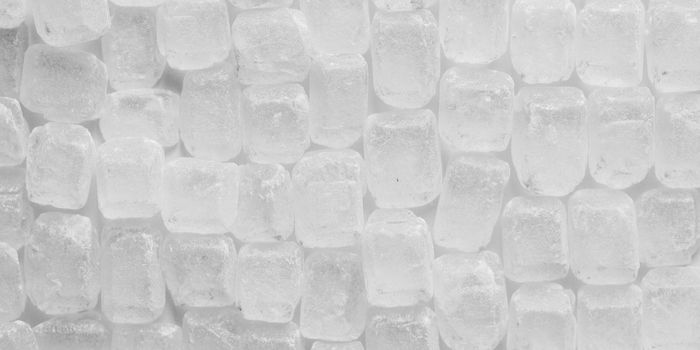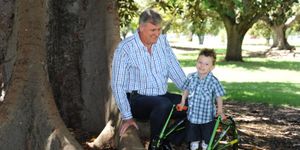Biocompatible Gel Restores Sciatic Nerve Function in Rats
Video: Explains poly(lactic-co-glycolic acid), a hydrogel biopolymer that is a similar concept to the new hydrogel built at Nanjing University, but is being used in Parkinsons' Disease research.
Researchers at Nanjing University in China have developed a biopolymer shown to repair damaged peripheral nerve injuries in rats.
Peripheral nerve cells, which send signals from muscles and organs to the brain, are slow to heal from injury and extremely difficult to repair if severed. Currently, a completely severed nerve requires a surgical graft, a process that is very slow, and painful, and sometimes unsuccessful.
For years, scientists have been working on the biocompatible polymer that can be accepted by the immune system, conduct electrical current from one nerve to the next, and has a strong, yet flexible structure- and of course, sustain all of this over time. Natural polymers have the advantages of being easily accepted by the immune system and having a low toxicity risk. However, these materials tend to be weaker and less conductive. Synthetic polymers can be much strong and conductive but can cause inflammation at the site of transplantation.
The biopolymer made by the research team at Nanjing University is made of a combination of polyacrylamide, a material that has previously shown high biocompatibility, and polyaniline, an electrically conductive and easy to produce synthetic material. Polyaniline has low biocompatibility on its own, but this combination was built into a hydrogel that was successful in both toad and rat models.
First, the researchers tested the hydrogel material in vitro in sciatic nerve cells removed from toads. After successful uptake, the material was used to repair sciatic nerves in vivo in rats. They were able to join a 10 mm removed section of the sciatic nerve with the biopolymer. After four weeks, the rats regained nearly full function of their nerve and the recovery showed that the material was accepted by the immune system without issue.
This is a promising new combination of materials that will be tested in more models and applications.
Sources: American Chemical Society via EurekAlert!, Boni et. al., Darnell et. al., MayoClinic, Qun-Dong et. al.








